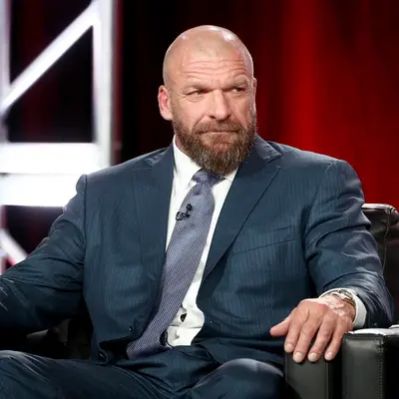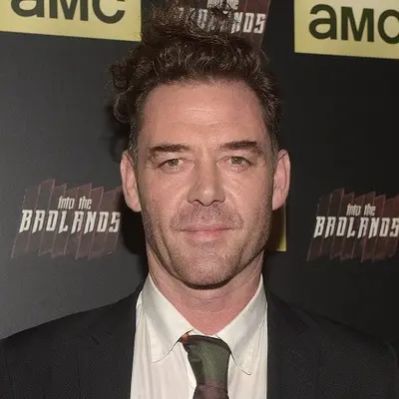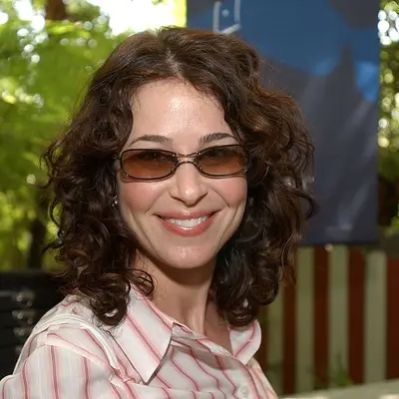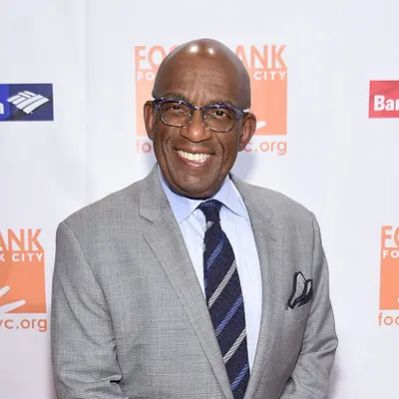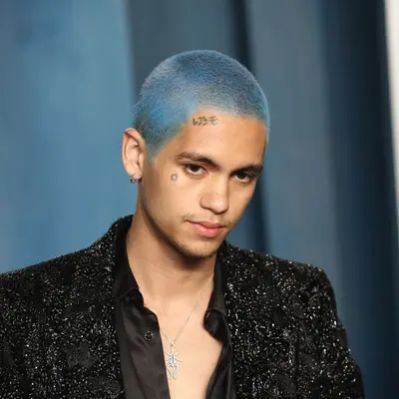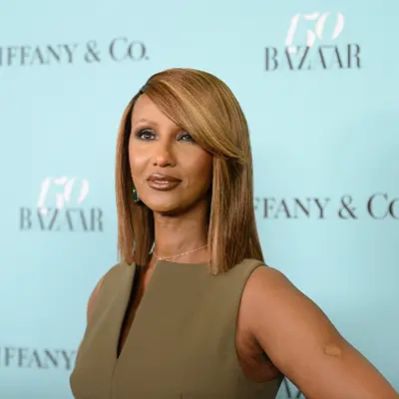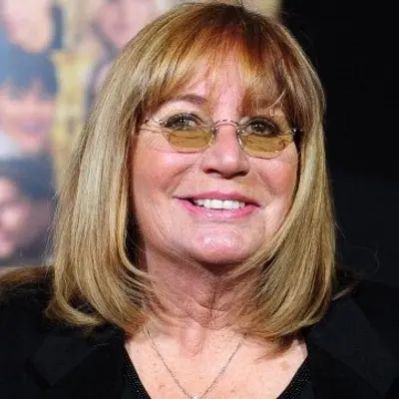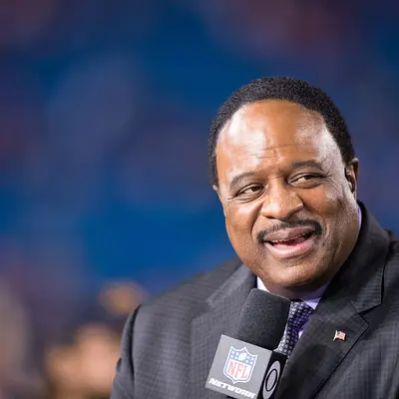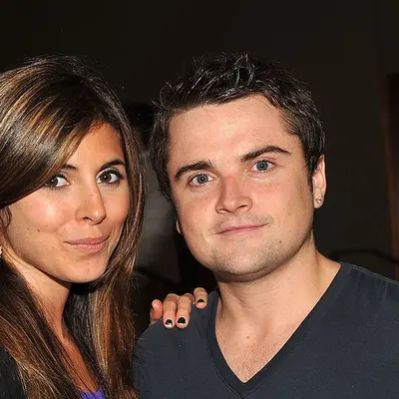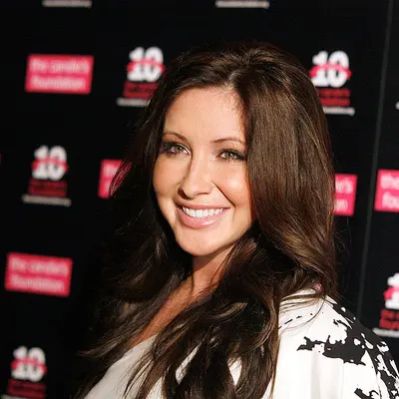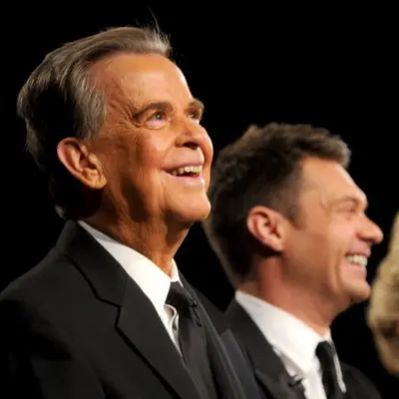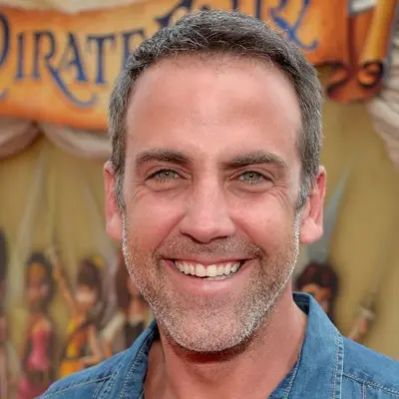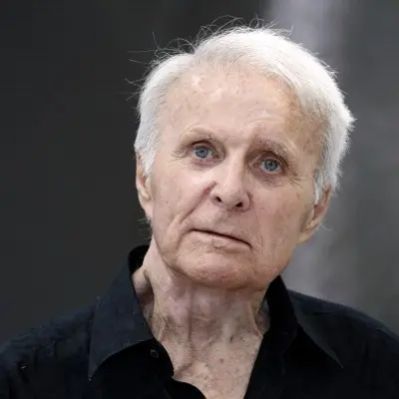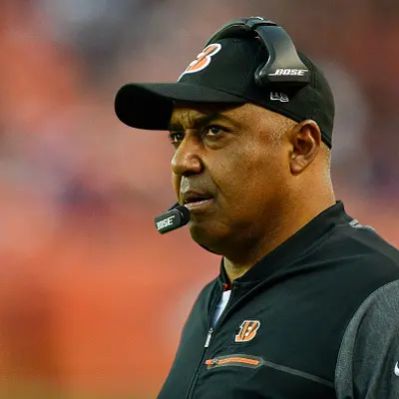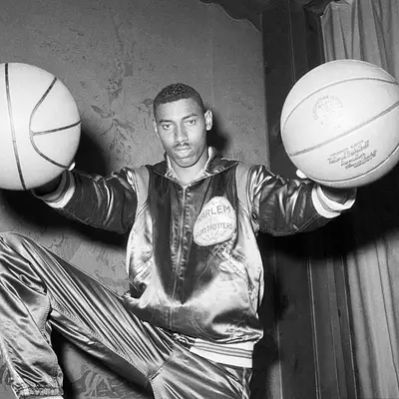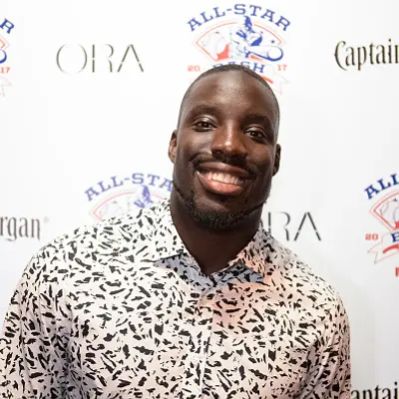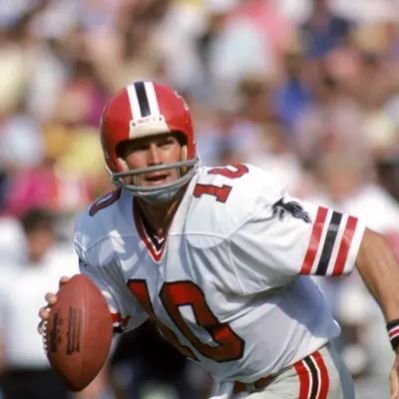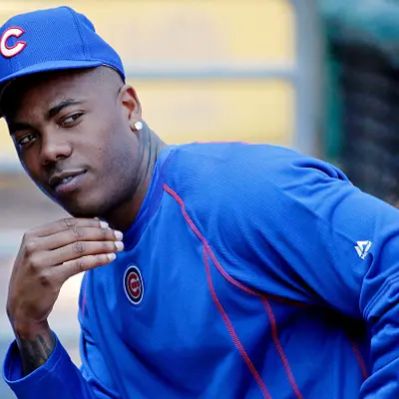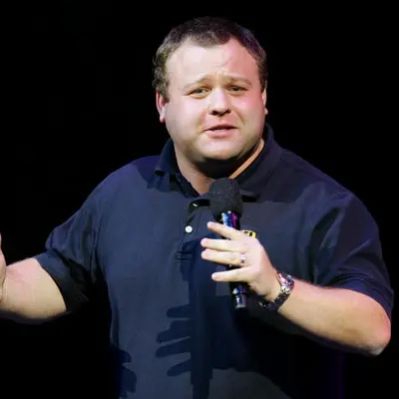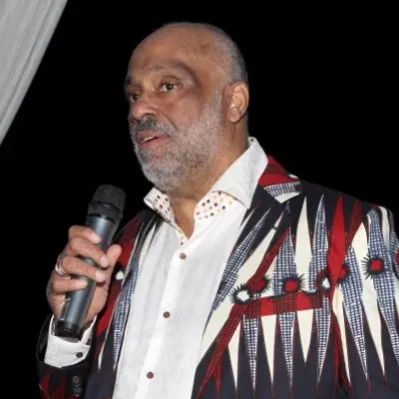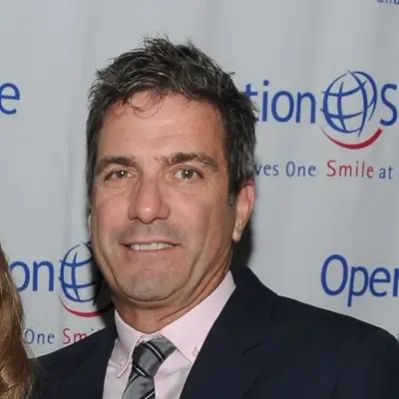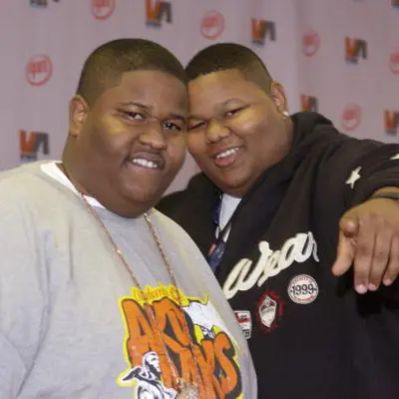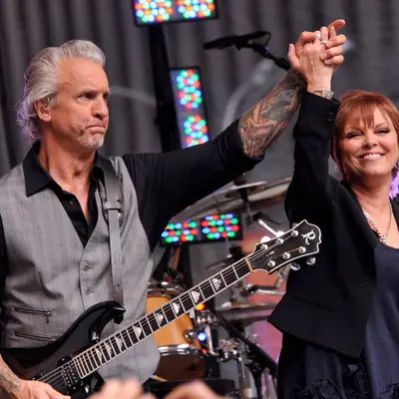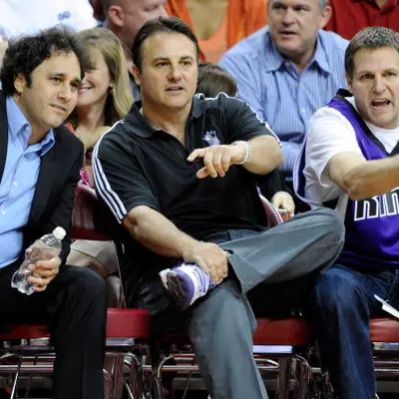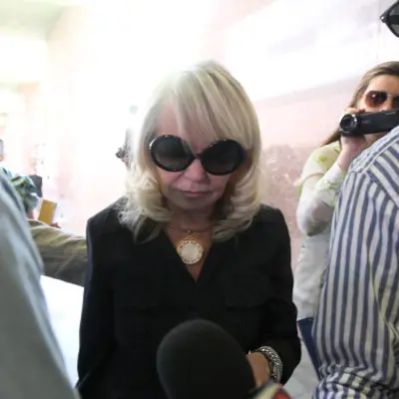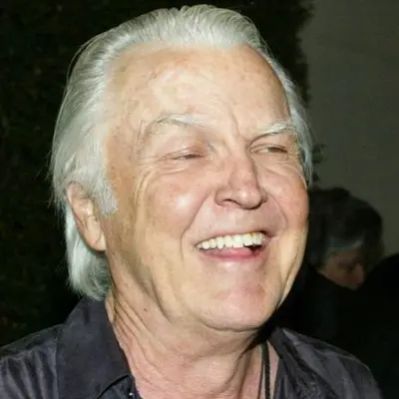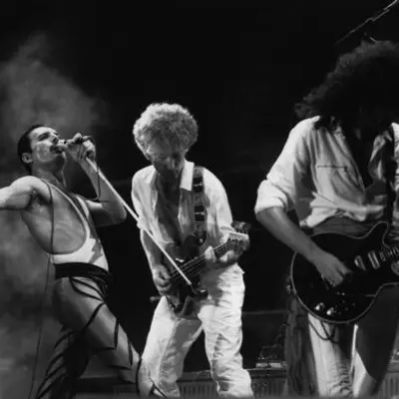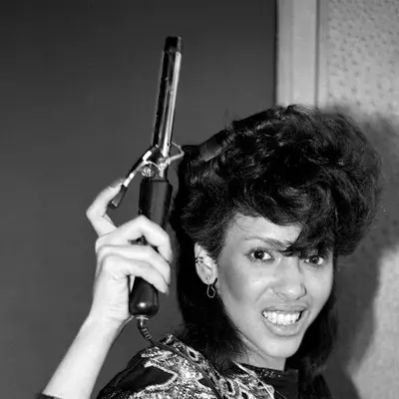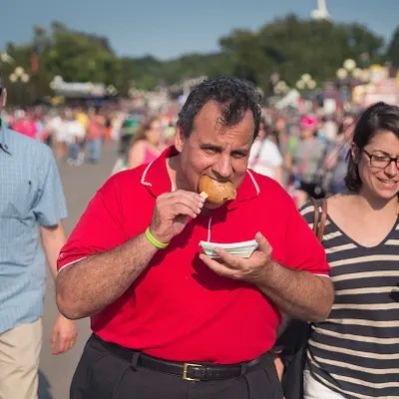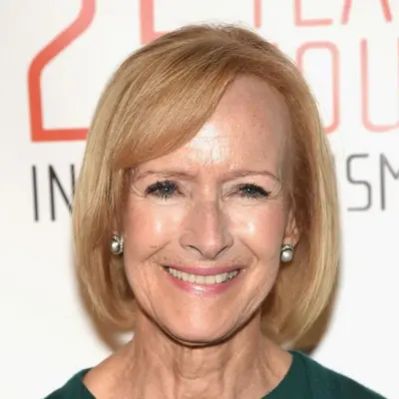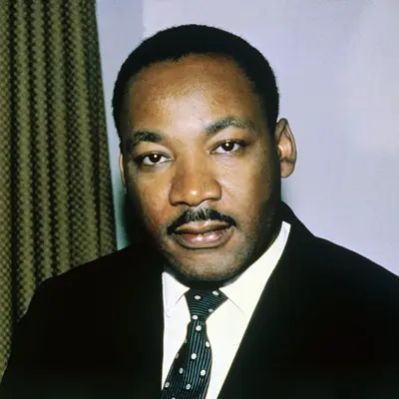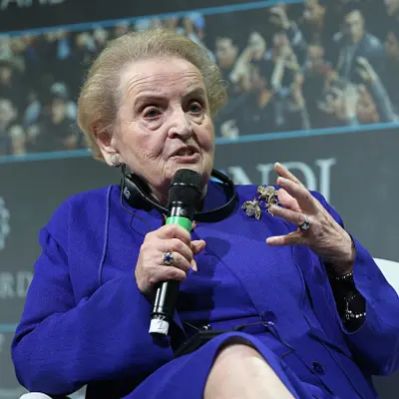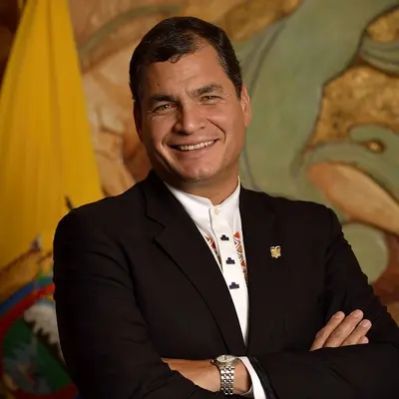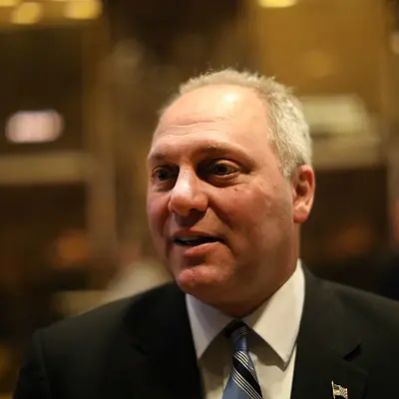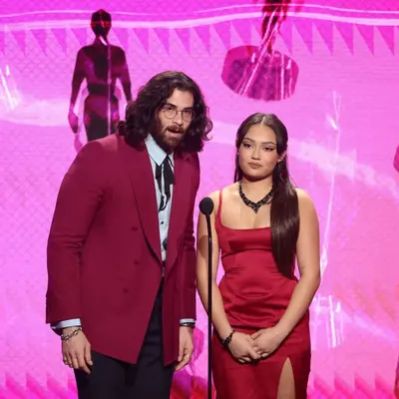What Is Lulu Kennedy-Cairns’ Net Worth?
Lulu Kennedy-Cairns, known professionally as Lulu, boasts a net worth of approximately $30 million. This substantial wealth is the culmination of a multifaceted career spanning several decades, encompassing music, acting, television, and entrepreneurial ventures. Her financial success is rooted in a diverse range of income streams, each contributing significantly to her overall financial standing.
Lulu’s Early Career and Musical Breakthroughs
Born Marie McDonald McLaughlin Lawrie on November 3, 1948, in Lennoxtown, Stirlingshire, Scotland, Lulu’s journey to stardom began in her early teens. At around 13, she started performing with a local band called the Bellrocks. This early experience provided a foundation for her subsequent career in the music industry. In 1964, under the management of Marion Massey, Lulu signed with Decca Records. This marked a pivotal moment, setting the stage for her breakthrough hit with a cover of the Isley Brothers’ “Shout.” Recorded with backing from the Scottish group the Luvvers, the single reached number seven on the UK Singles Chart, establishing her as a prominent figure in the British music scene. The success of “Shout” provided early financial stability, though specific figures for initial record sales and royalties are not publicly available.
In 1965, Lulu continued her ascent with another UK top-ten single, “Leave a Little Love.” This further solidified her position and contributed to her growing income. Her subsequent record, “Try to Understand,” reached the top 40, indicating a sustained level of popularity. In 1966, she embarked on a tour of Poland with the Hollies and recorded two German-language tracks for Decca Germany. These activities expanded her reach and provided additional revenue streams, though the precise financial details of these endeavors remain undisclosed. Soon after, Lulu transitioned from Decca to Columbia Records, securing another charting single in the UK with Neil Diamond’s “The Boat That I Row.” This move to a new label likely involved a new contract with associated advances and royalty agreements, though specific details are not publicly accessible.
Lulu ended the 1960s on a high note, representing the United Kingdom in the Eurovision Song Contest 1969 with “Boom Bang-a-Bang.” The song emerged victorious, peaking at number two on the UK Singles Chart and achieving widespread success throughout Europe. Winning Eurovision significantly boosted her profile and income, though the precise financial impact of the win, including performance fees and increased record sales, is not publicly documented. It’s fair to assume that the Eurovision win provided a substantial increase in performance fees and royalties over the years that followed.
“To Sir, With Love” and Transatlantic Success
Lulu achieved global recognition in 1967 with her acting debut in the film “To Sir, with Love,” starring Sidney Poitier. For the film, she performed the title song, which reached number one on the Billboard Hot 100 in the United States and became the bestselling single of the year in the country. The success of “To Sir, with Love” in the US market was a watershed moment in her career. It’s difficult to overstate the financial implications of having the number one single in the US in 1967. It cemented her fame and set her up for a long and lucrative career. Though the specific financial details of the film and song contract are not public, it is clear that this was a significant contributor to her growing wealth. The success of this song led to increased demand for her performances, further boosting her income.
1970s to 1990s: Continued Musical and Television Ventures
Lulu maintained her popularity throughout the 1970s. Early in the decade, she released her album “New Routes,” recorded at Muscle Shoals studios in Alabama. Shortly after, she released the album “Melody Fair.” While these albums contributed to her income, specific sales figures and royalty earnings are not readily available. In 1974, Lulu sang the title song for the James Bond film “The Man with the Golden Gun.” While the song itself did not achieve significant chart success in either the UK or the US, the association with the James Bond franchise would have likely provided a notable fee and exposure. A more successful venture during this period was her cover of David Bowie’s “The Man Who Sold the World,” which reached number three in the UK. Chart success like this translates to increased record sales and radio play, boosting her earnings through royalties. She also had a moderate hit with the disco single “Take Your Mama for a Ride,” which contributed to her diverse income streams.
The 1980s saw a shift in Lulu’s career, with less emphasis on chart success and more involvement in radio, television, and theater. While her chart presence waned, she still achieved some hits, including “I Could Never Miss You (More Than I Do).” Although specific earnings from this song are not public, it is clear that continued radio play and sales contributed to her income. Additionally, she received a Grammy Award nomination for her track “Who’s Foolin’ Who,” which, even without a win, elevated her profile and potential earnings. In 1993, Lulu made a recording comeback with the single “Independence,” the title track from her album of the same name. This comeback effort likely involved promotional activities and investments, though specific financial details are unavailable. Also in 1993, she was featured on Take That’s hit cover version of “Relight My Fire,” which reached number one in the UK. Collaborations like this provide exposure to a new audience and generate royalties, though the specifics of her agreement with Take That are not public.
21st Century: Renewed Musical Output and Television Appearances
After nearly a decade since her last album, Lulu released “Together” in 2002. This album featured duets with artists such as Elton John and Paul McCartney and reached number four in the UK. The success of “Together” demonstrates her enduring appeal. The biggest hit from the album was her duet of “We’ve Got Tonight” with Ronan Keating. The number four chart position of “Together” would have resulted in significant sales and royalties, contributing substantially to her income during that period. In 2004, Lulu released “Back on Track” and embarked on a national tour of the UK. Concert tours are a major source of income for musicians, generating revenue through ticket sales, merchandise, and potential sponsorships. While specific financial details for her tours are not publicly available, it’s reasonable to assume that these performances contributed significantly to her overall earnings. Her next album, “A Little Soul in Your Heart,” was released in 2005. Ten years later, she released “Making Life Rhyme,” which reunited her with Decca.
Television and Radio Career
Simultaneous with her musical career, Lulu had a strong television presence, starting in the 1960s. She appeared on several of her own BBC television series, including “Gadzooks! It’s the In-Crowd” on BBC Two and “Lulu’s Back in Town” on BBC One, which had varying titles during its run from 1968 to 1975. These shows featured music, dancing, comedy sketches, and celebrity appearances. Hosting her own TV series would have provided a steady income stream through appearance fees and potential production royalties. While specific contract details are not public, it’s clear that this was a significant contributor to her financial stability. Along with her show, Lulu hosted a number of television specials, which would have commanded additional fees. In the 1980s, Lulu hosted a radio show on Capital Radio in London and co-hosted a revived version of “Oh Boy!” Television and radio work supplemented her musical earnings. While precise earnings figures are not accessible, these engagements provided consistent income and maintained her public profile, which, in turn, supported her music sales. Later in the decade, Lulu acted on “The Secret Diary of Adrian Mole” and voiced the title character in the animated series “Nellie the Elephant.” Her continued involvement in television throughout the 1990s and into the 21st century, including appearances in “Absolutely Fabulous,” judging on “Just the Two of Us,” competing on “Strictly Come Dancing,” and participating in “The Great Comic Relief Bake Off,” reflect her diverse range of media engagements. These appearances brought in money and allowed her to stay in the public eye.
Film Career
After her acting debut in “To Sir, with Love” in 1967, Lulu starred in “The Cherry Picker.” Although she didn’t appear in many movies after that, her next major role came in the 1999 comedy “Whatever Happened to Harold Smith?,” costarring Tom Courtenay and Michael Legge. Lulu later made a brief appearance in 2016’s “Absolutely Fabulous: The Movie.” Although specific financial details about her acting roles aren’t known, they brought in money and helped to diversify her income. Lulu lent her voice to the 2022 documentary “My Old School,” and she sang the ending song as well. She keeps her career options open with this combination of acting and music.
Personal Life
In 1969, Lulu married Bee Gees musician Maurice Gibb, but they divorced in 1973 because of their busy schedules and Gibb’s heavy drinking. Her second marriage was to hairstylist John Frieda in 1977, and they had a son named Jordan before divorcing in 1991. Although personal life decisions don’t directly contribute to net worth, they can indirectly affect career opportunities and financial management. In 2000, Lulu was appointed an Officer of the Order of the British Empire (OBE). She went on to become a Commander of the Order of the British Empire (CBE) in 2021. Although these honors don’t have a monetary value, they add to her legacy and status.
 Net Worth Ranker
Net Worth Ranker

